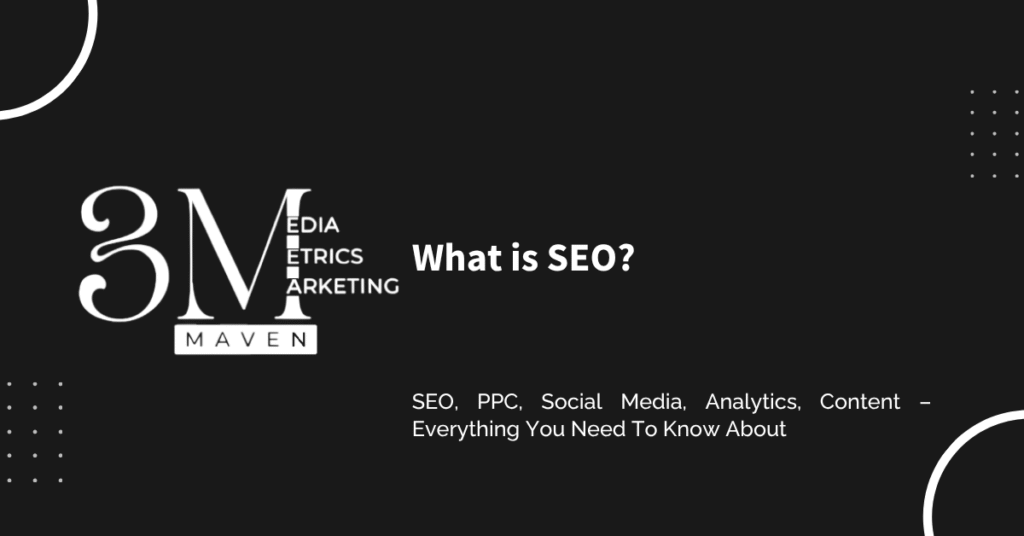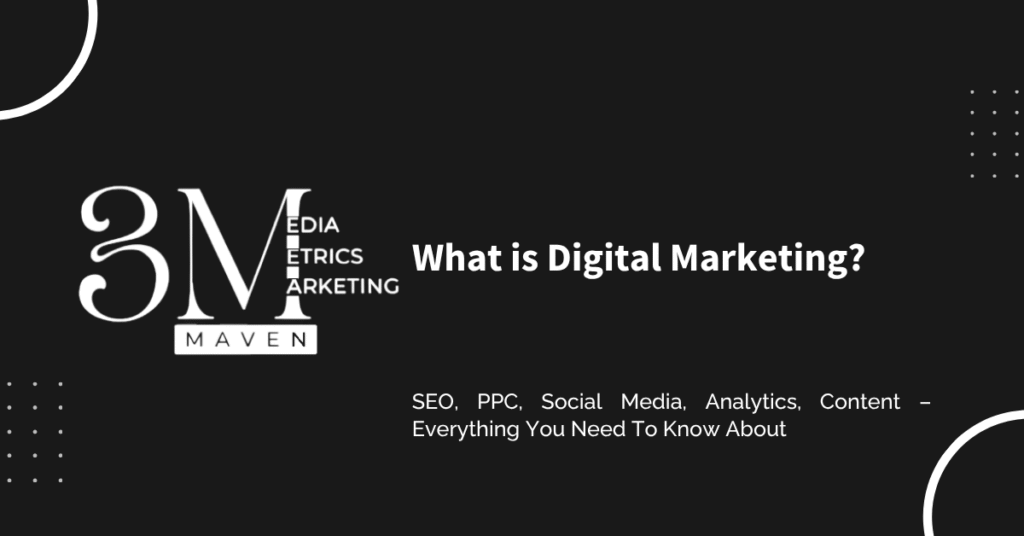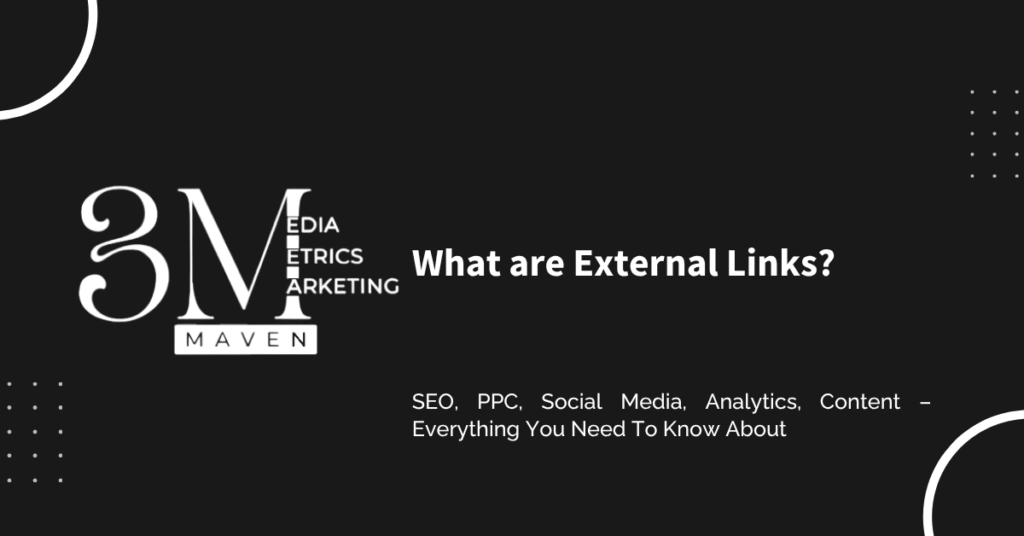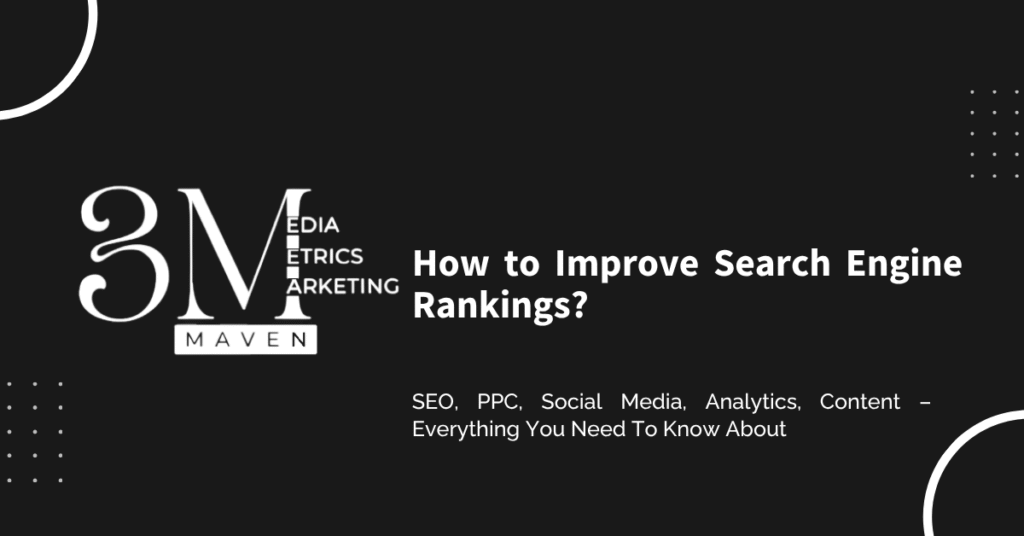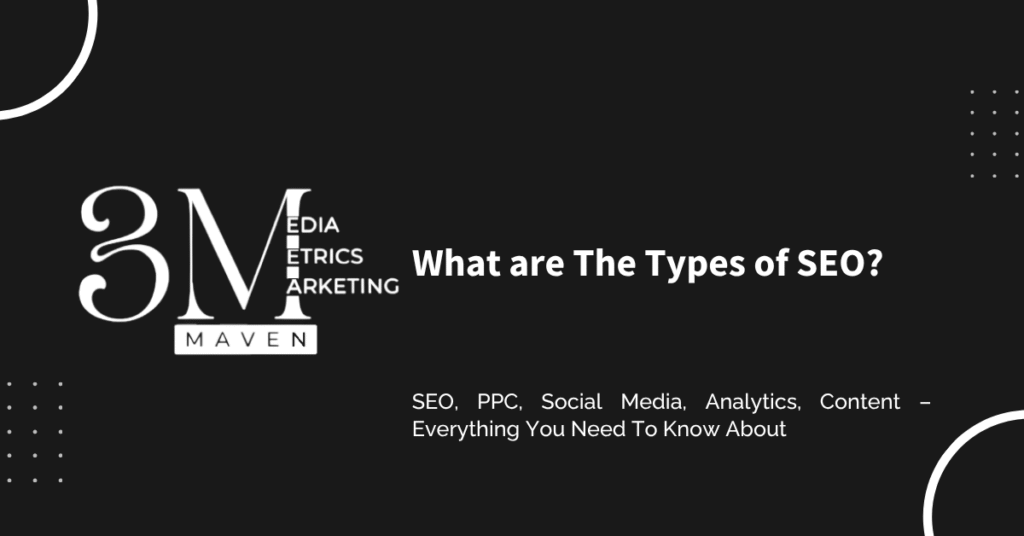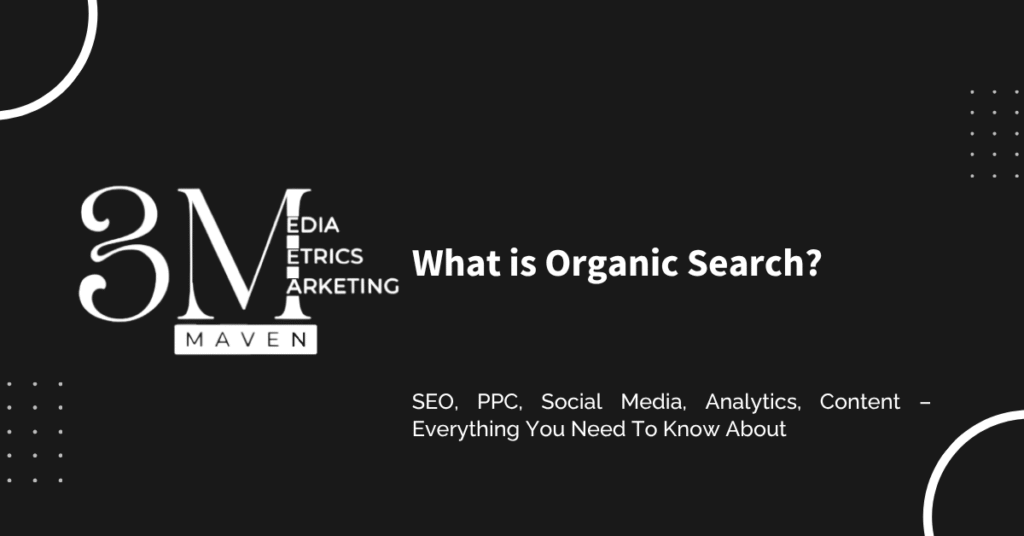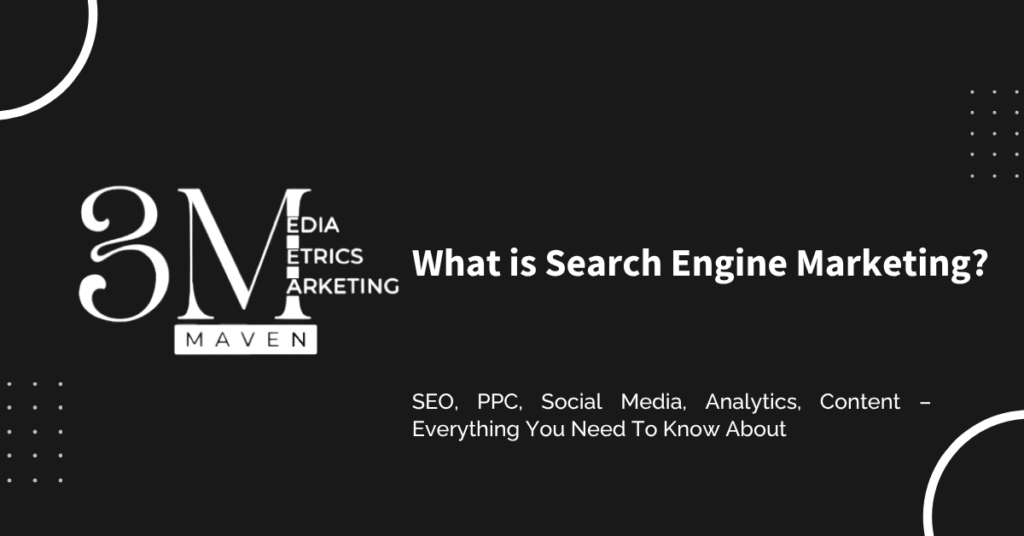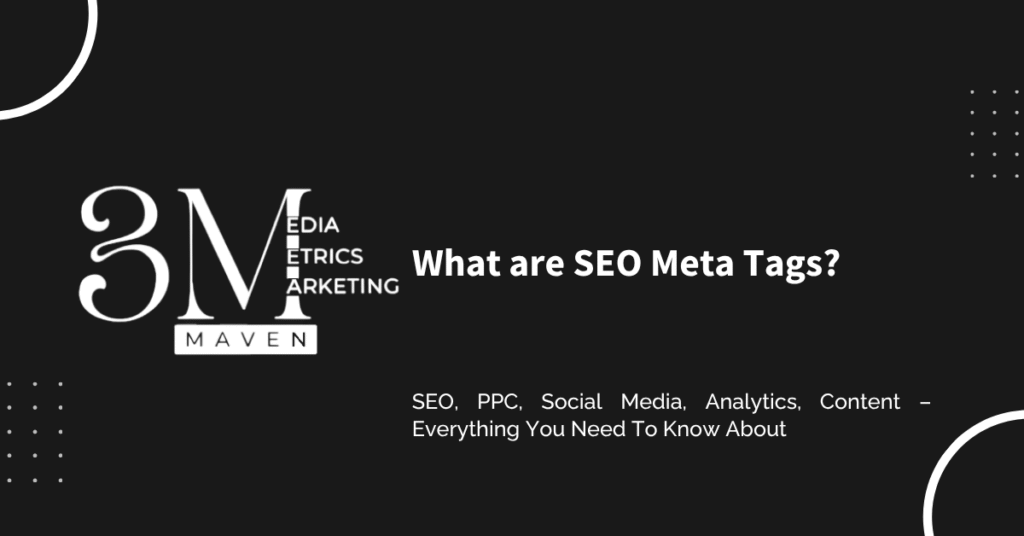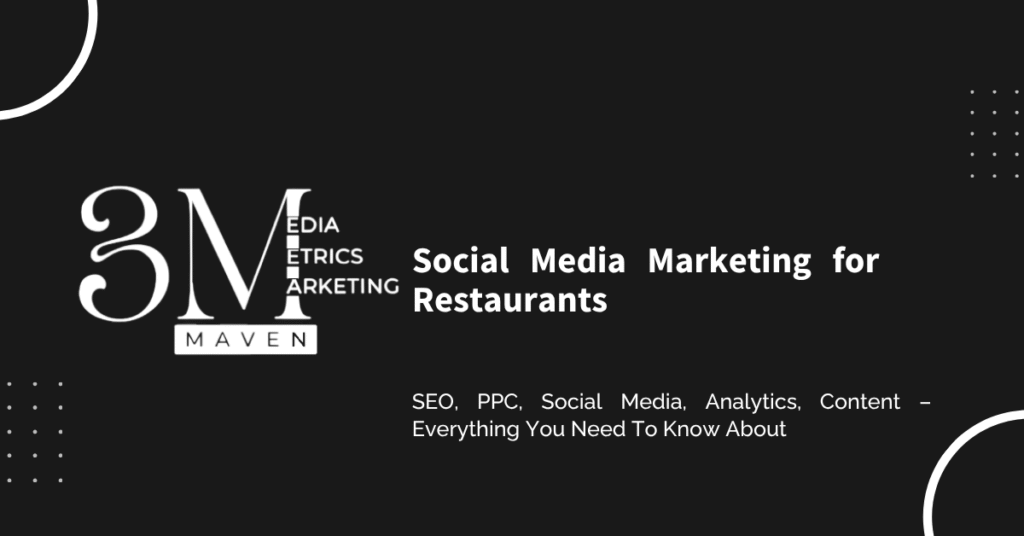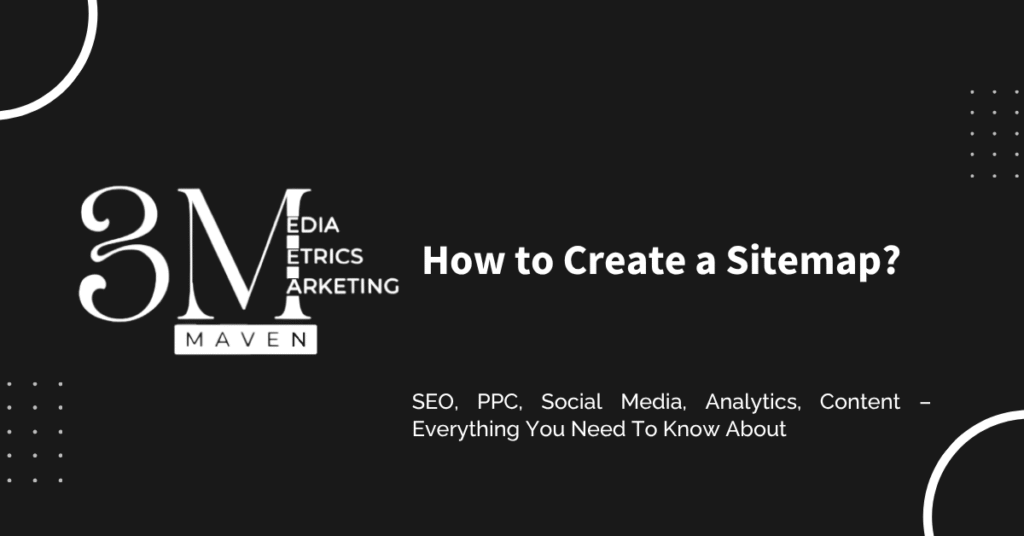Restaurant Social Media Marketing According to a recent study, 70% of customers follow restaurants on social media, which is why here are the key reasons why you as a restaurant should dive into the trend of using social media as your marketing strategy. With the advent of Social media, it has become increasingly crucial for all kinds of industries to hop onto the trend of social media, however, our main focus here is going to be specifically for restaurant owners. Study shows that 80% of Indian restaurant owners have at least 1 social media profile, and over 80% of the Indian demographic are active on social media. This has led to increased exposure of businesses to a much larger audience, resulting in massive awareness of the brand, which can be a great competitive advantage. Approximately 22% of customers visit restaurants due to its social media presence. Therefore, incorporating social media into your strategy can be a huge plus point for you, as it can offer greater results and prove to be more effective than traditional marketing. So, if you’re not on social media, now’s the time. What is Social Media Marketing? Social Media Marketing (SMM) is utilising social media platforms to enhance a company’s awareness, increase sales, and bring in traffic. Statista shows that 50% of diners use social media to choose a restaurant. It helps companies to interact and engage with existing as well as potential customers, which allows companies to analyse and improve their current strategies and provides scope for improvements. Companies may use it to grow their business by an increased exposure to customers, including overseas customers. Not to mention, it’s a great, affordable, effective, and convenient way to keep an eye on competitors. 6 Benefits of Social Media Marketing for Restaurants Customer Engagement – Social media offers a seamless interaction between you and customers. Social media statistics show that 71% of customers are more likely to recommend diners that offer a convenient ordering system and respond quickly on social media. From engaging content to providing a sneak peak into behind-the-scenes of live events, leading to increased sense of community and loyalty. Brand Awareness – Data reportal reports that 60% of restaurant owners in India use social media to entice customers with captivating content of appealing images and videos of food, the ambience, and live events. In doing so, restaurants can extend their reach to a wider audience, leading to increased visibility. Advertising – Instagram reports 38% of users on instagram look at food content, and 27% share food content. Therefore, it’s very important for restaurants to showcase their culinary creations, like new dishes, seasonal dishes, and signature dishes. They can even create campaigns to attract their ideal demographic. Drive Traffic – Restaurants may use social media to promote their dishes and any live events to keep customers engaged. A recent study shows 22% of customers are likely to revisit restaurants that have an appealing online presence. Reservations systems and online ordering platforms can streamline customer experience, offering a memorable experience. Inexpensive Marketing – In comparison to traditional marketing, social media marketing offers cost-effective marketing to reach a larger audience base. Engaging content and interactions with the audience can be implemented at a low-cost. Customer Feedback – Social media offers real-time customer feedback, offering suggestions for improving business. Research indicates 56% of restaurant owners believe online reviews acquire more customers than conventional advertising. Additionally, restaurants can monitor comments and reviews to enhance their online presence. Popular Social Media Platforms What platform to go for depends on your business goals and objectives. But, here are a few that most restaurants in the digital marketing space implement: Facebook – Restaurants can use facebook as an effective marketing strategy to build a strong online presence and connect with their customers. Social media metrics show that 75% of customers use facebook to select a restaurant based on images, videos, posts, reviews. This platform is great for restaurants as it lets you add links in your posts, which can be great to increase traffic to your website. You can even add images and videos along with long captions to your posts. Instagram – The most popular out of the bunch and the most effective, as 75% of restaurants and food services in India, consider instagram to be the crucial media tool. Instagram can help you with creating visually appealing posts, which would entice guests more as they would rather spend time scrolling through images than read articles and menus. Users on behalf of you can create content for you, by posting pleasant pictures of themselves at your restaurant, posting appetizing dishes and menu – which you as a restaurant can then repost. A statista study indicated that 70% of customers use it as a food discovery platform – Posting interactive stories like questionnaires and polls gives guests a sense of belonging and makes them feel like they are part of the community, which can lead to increased loyalty. Reels is a great feature for restaurants looking to provide video content. X (Twitter) – Tweets on twitter act as posts which are known to go viral real quick. However, there is a character limit of 280, so you would want to try and put as much information in your post as possible that you think may be handy to your customers. This allows you to interact with audiences as well as with audiences of the person who has retweeted your post – really helps to spread the word like fire spreads. Conclusion Social media is a great tool to promote your restaurant, increase awareness, generate leads, track the performance of your marketing campaigns, and what a super cost-effective way to do all this as well. Data suggests 72% of users look at social media posts before selecting a place to eat, making it a crucial component of any modern marketing strategy. Ultimately, which platform you decide to make use of all these activities depends greatly on your target audience, budget, and goals.
